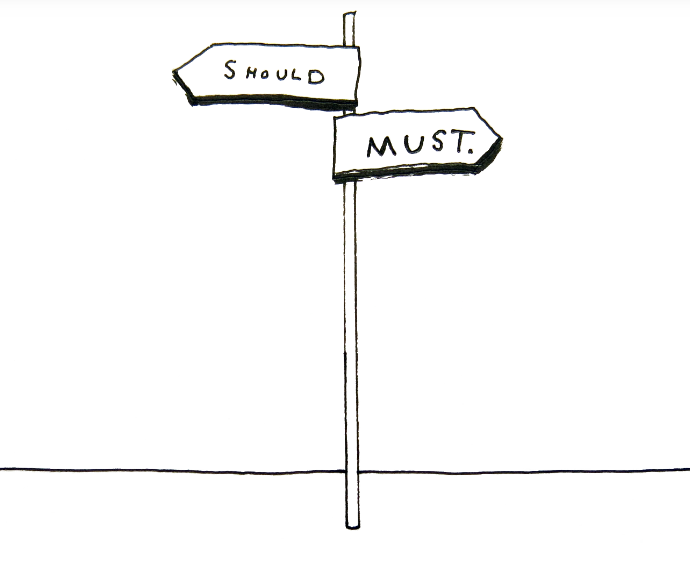Are you scared of presenting your work?
The best way to get comfortable speaking in front of a group is to practice speaking in front of a group.
This month I will be kicking off another Speak with Impact Lab, a 5-week in-person workshop on public speaking and presentation skills.
Speak with Impact Lab is a small group course designed to get your ideas out of your head and coming out of your mouth so you can be articulate even when you’re nervous.
It provides a safe space to practice presenting, refine your content and learn how to calm your nerves so you can nail your presentation when it matters most.
Over the course of 5 weeks, you will develop strategies to manage your fears and engage your audience so you can:
Persuade clients and teammates that you thought through solutions and already arrived at the best option
Be confident in your message so you don’t get sent back to the drawing board
Respond effectively to questions without melting into a puddle of nerves
What this means for you is at the end of 5 weeks, you’ll have your presentation written, rehearsed and ready to go so you can showcase your work and finally get recognized as an authority.
Want in? Details are here.
















